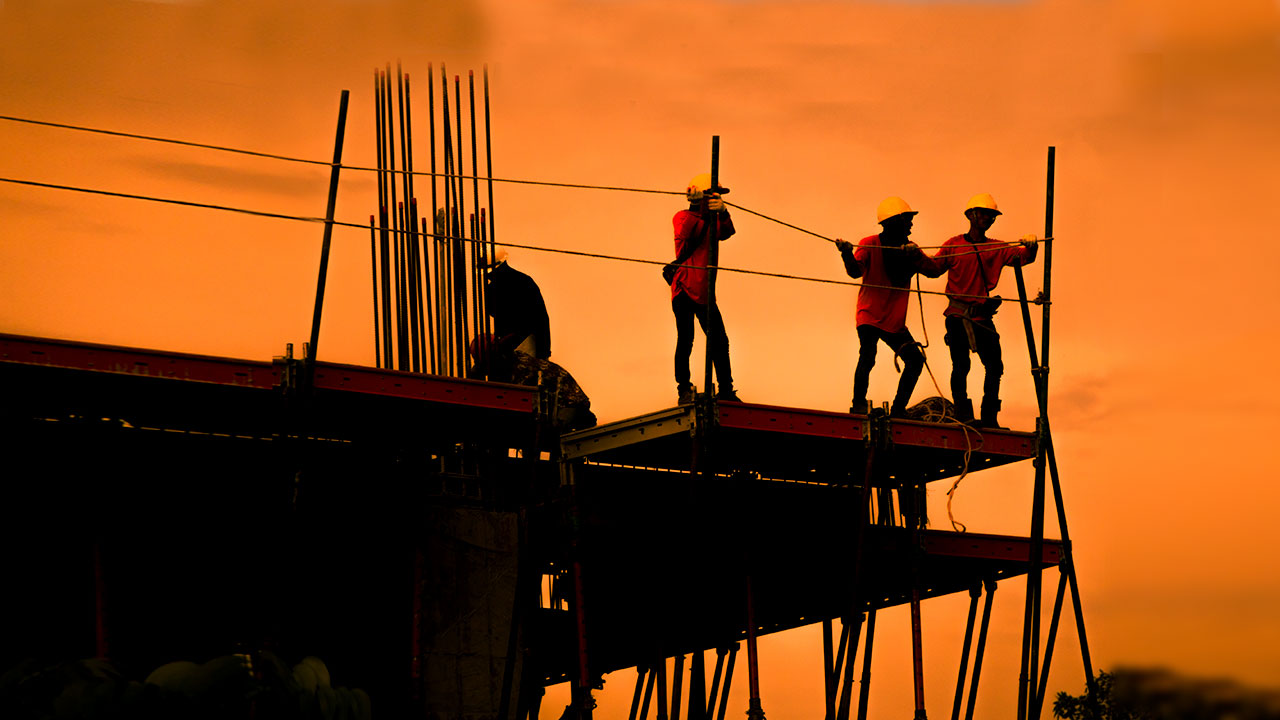Very few people should ever get to see what it looks like on top of a commercial roof. Rooftops are unequivocally dangerous, with falls from rooftops representing over 33% of deaths in the construction industry. By this metric, building owners need to make it relatively difficult for anyone to get on top of a commercial roof, with barriers in the form of locks, special training, permission slips, and time sheets. In short, no one should be able to access your roof without learning about its safety features, getting a key from a designated individual, and logging their time.
There’s a different side to the coin, however. Once your workers have passed the hurdles you put up to prevent them from freely accessing the roof, they should be able to get around easily and safely. This means the addition of handrails to roof edges and elevated spaces, crossover ramps to traverse elevation changes and cable runs, and access platforms next to maintenance equipment. This allows workers to get to rooftop job sites and perform mission-critical job functions in comfort and safety.
Accessibility is the Law
Back in 2017, new OSHA regulations took hold—affecting approximately 112 million workers in the U.S. These regulations mandated that organizations install handrails to protect every worker working within six feet of a drop, or at an elevation of over 48 inches. Essentially, this covers not only everyone working near a roof edge, but also everyone working on an elevated structure atop a roof.
Due to necessity, many rooftop structures such as cables, pipes, ducts, HVAC equipment, and solar panels are elevated from the roof. As such, maintenance technicians also need to work on them from an elevated position and will likely need a platform (now with handrails) in order to do so.
Failure to meet these requirements won’t just reflect poorly on your safety record and endanger your workers—it will draw the official ire of the state. Violators can expect a fine of over $13,000 per day for every day a violation stands, and a fine of over $130,000 for repeat offenders.
Essential Tools for Protecting Your Workforce
Here are some of the most reliable ways to improve safety, meet industry requirements, and avoid injuries on top of your roof.
- Walkways
Roof access walkways are one of the primary methods of ensuring safety on top of a commercial roof. These walkways encourage workers to take a clearly marked path away from hazards while providing handrails that comply with OSHA standards for protecting workers from falls. Roof access walkways provide an elevated pathway that gives workers a good view while inspecting the roof and rest atop the roof with non-penetrating fasteners that protect the membrane. - Crossover Ramps
Pipes, cables, and ducts are commonly elevated a short distance from the surface of the roof, protecting the roof from excess heat, cold, and fire hazards. Unfortunately, this equipment also turns your pipes and cables into obstacles. The safest way to allow workers to pass by these obstacles is with a crossover ramp or stairway with handrails. This eliminates the chance that your workers will come into contact with live wires or hot pipes, and the handrails will satisfy the OSHA requirements regarding a job site over 48 inches. - Access Platforms
Your roof probably plays host to some amount of capital equipment that helps keep your building running. This might take the form of HVAC equipment, elevator machinery, solar panels, and more. This equipment is often elevated above the surface of the roof for the same reason that one might elevate pipes and cables, and so it requires an access platform to help workers conduct maintenance and repairs.
While adding these protections to your roof may seem like a no-brainer, we can understand why people hesitate. Each layer of protection is also a layer of extra weight on your roof’s fragile surface. So how much is too much?
When you work with PHP Systems/Design, we’ll tell you exactly how much protection you need—enough to keep your workers safe without overwhelming your roof. We can design and install a system that offers maximum OSHA compliance, protection for your equipment, and safety for your workers. Contact us today for more information.




